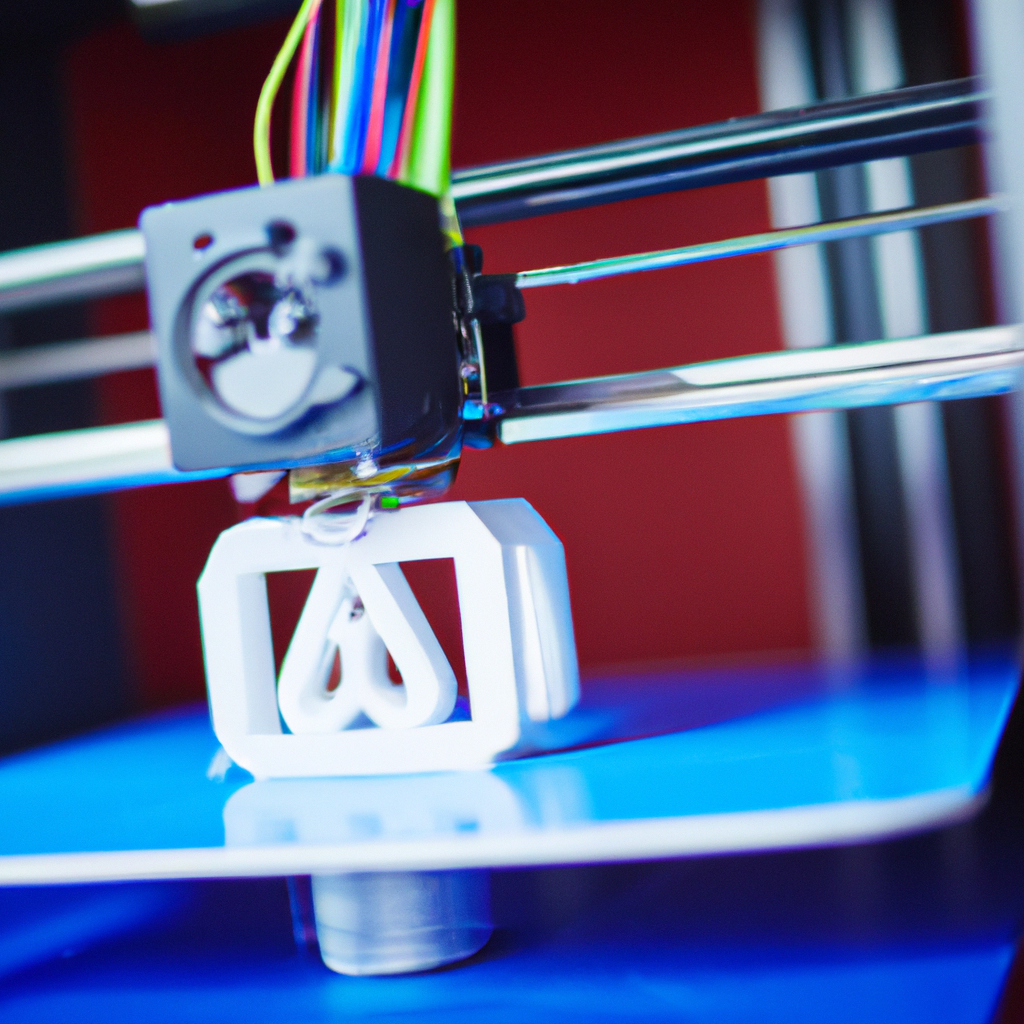What's Covered = General explanation of 3D printing, 3D printing procedure, Various types of 3D printing processes, Materials & Applications.
Not Covered = How to 3D print.
With the advent of computers in the 1950s and the internet in the 1990s, the fundamental way of doing things has been through a massive change. These technologies improved our lives, opened up new avenues and possibilities, and gave us hope for the future. But it generally takes decades for an ecosystem to be built across a particular technology to take it to the masses and achieve the truly disruptive nature of that technology.
It is widely believed that 3D printing or additive manufacturing (AM) has the vast potential to become one of these technologies. There is a lot of coverage of 3D printing across many television channels, newspapers, and online resources. Now What is this 3D printing that some have claimed will end traditional manufacturing as we know it? Revolutionize design and impose geopolitical, economic, social, demographic, environmental, and security implications to our everyday lives.
The most basic, differentiating principle behind 3D printing technology is that it is an additive manufacturing process. And this is indeed the key because 3D printing is a radically different manufacturing method based on advanced technology that builds up parts, additively, in layers at the sub mm scale. This is fundamentally different from any other existing traditional manufacturing techniques.
"In the 20th century, no other invention affected mankind more than technology did."
PS - This short introductory course is strictly curated for students & curious souls who are completely BEGINNER in this field.
























